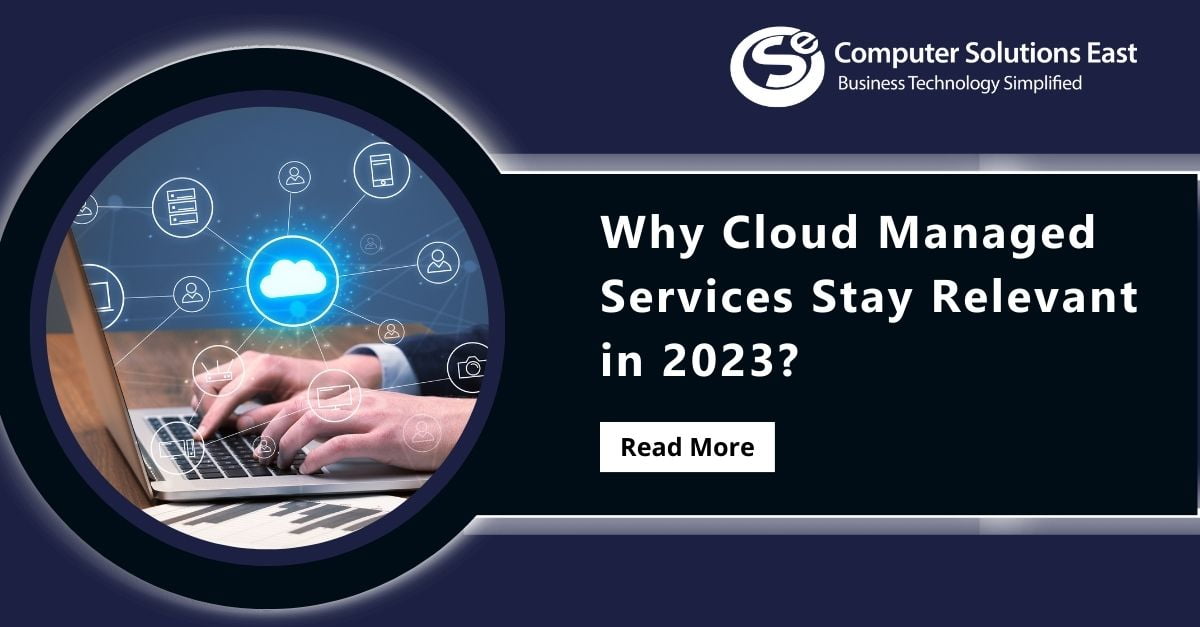Why Data Driven Decision Making Is Important?
Managers should concentrate on focused data collection activities, model building, and transformation of organizational culture. Big data and analytics have gone up to the height of the company agenda. Together they pledge to reinvent businesses and achieve efficiency improvements that were last seen in 1990. when companies revamped their core processes. And as data-driven techniques take hold, they become a strategic differentiation point.
Our work with hundreds of companies in six data-rich industries has shown the need for three mutually supportive capabilities to leverage data and analysis fully. First of all, organizations need to define, integrate, and handle various data sources. Second, they need the ability to construct advanced research models to forecast and maximize performance. Thirdly, and most importantly, management should have the muscles to turn the company and make informed decisions about the data and models. Two essential characteristics underpin these skills: a straightforward plan for how to compete with data and analysis and implement the required infrastructure and technology capabilities.
Likewise, a clear vision of the desired market effect must influence the comprehensive approach to data procurement, model building, and organizational transformation. This helps you escape the traditional starting trap by asking what data can do for you. Leaders should spend ample time and energy in organizationally aligning managers, promoting the mission.
1. Choose the right data.
In recent years the universe of data and modeling has changed considerably. The amount of information increases rapidly, while opportunities for knowledge are accelerating by integrating data. Greater and better data offer businesses both panoramic views of their market environment and granular views. The ability to see what had been previously unseen enhances the company, Cybersecurity services. This means that you can increase your game in two ways.
2. Source data creatively
Companies also already have the data they need to fix business challenges, but managers don’t know how to make key decisions with this knowledge. For example, operations managers can not understand the potential value of their daily or hourly factory and customer-service data. Companies will promote a more thorough look at data by specifying the market challenges and opportunities they need to fix.
Managers will need to be imaginative with external and current data sources. Social networking produces terabytes of non-traditional, unstructured data as conversations, images, and videos. Add to that data streams from sensors, tracked processes, and external sources ranging from local populations to weather forecasts. One way of prompting wider thought about future data is to ask – What decisions will we make if we have all the details we need? 
3. Get the necessary IT support
Legacy IT frameworks can impede the acquisition, storage, and analysis of new data types. Existing IT architectures can prevent siloed knowledge from being incorporated, and the management of unstructured données also exceeds conventional IT capabilities. It also takes years to solve these problems entirely. However, corporate leaders can fulfill large-data needs in the short term by prioritizing requirements for CIOs. This ensures that the most relevant data for analytical use are easily found and linked, and the cleanup operation is mounted to synchronize, merge, and work around missing data.
4. Build models that predict and optimize business outcomes
Data are significant, but improvements in performance and competitive advantages are derived from analysis models, which enable managers to predict and optimize results. More importantly, the most successful way to construct a model usually begins, not with data, but by evaluating a market opportunity and how the model enhances performance. We find that such hypothesis-driven modeling provides quicker results and root models in functional data relationships, which managers understand more broadly.
Also, note that there is an inherent risk to any modeling exercise. While advanced statistical methods undoubtedly make better models, statistics experts often design models that are too complicated to be realistic and can deplete most organizations’ abilities. Companies should constantly ask, “What is the least complicated model to boost our performance? ”
5. Transform your company’s capabilities
The lead concern senior managers convey to us is that their managers don’t understand or trust big data-based models and don’t use them.
Such issues sometimes occur due to a disparity between an enterprise’s current culture and capabilities and evolving strategies to leverage analytics effectively. The latest techniques do not fit with how businesses currently make decisions or fail to offer a simple blueprint for achieving business goals. Tools tend to be built for modeling experts rather than front-line staff. Few managers find models engaging enough to champion their use—a crucial weakness if organizations want new approaches to permeate the company. Bottom line: using big data needs organizational change, and three areas of action will get you there.
Our experience shows that managers can now act to incorporate big data and research. Instead of massive reform, managers should focus on specific efforts to supply data, create models, and transform corporate culture. Such activities lead to ensuring versatility. This is important because knowledge itself and management and analysis technologies – will continue to develop and evolve and bring new opportunities. As more enterprises learn big data’s core skills, developing higher skills will become a competitive advantage.


